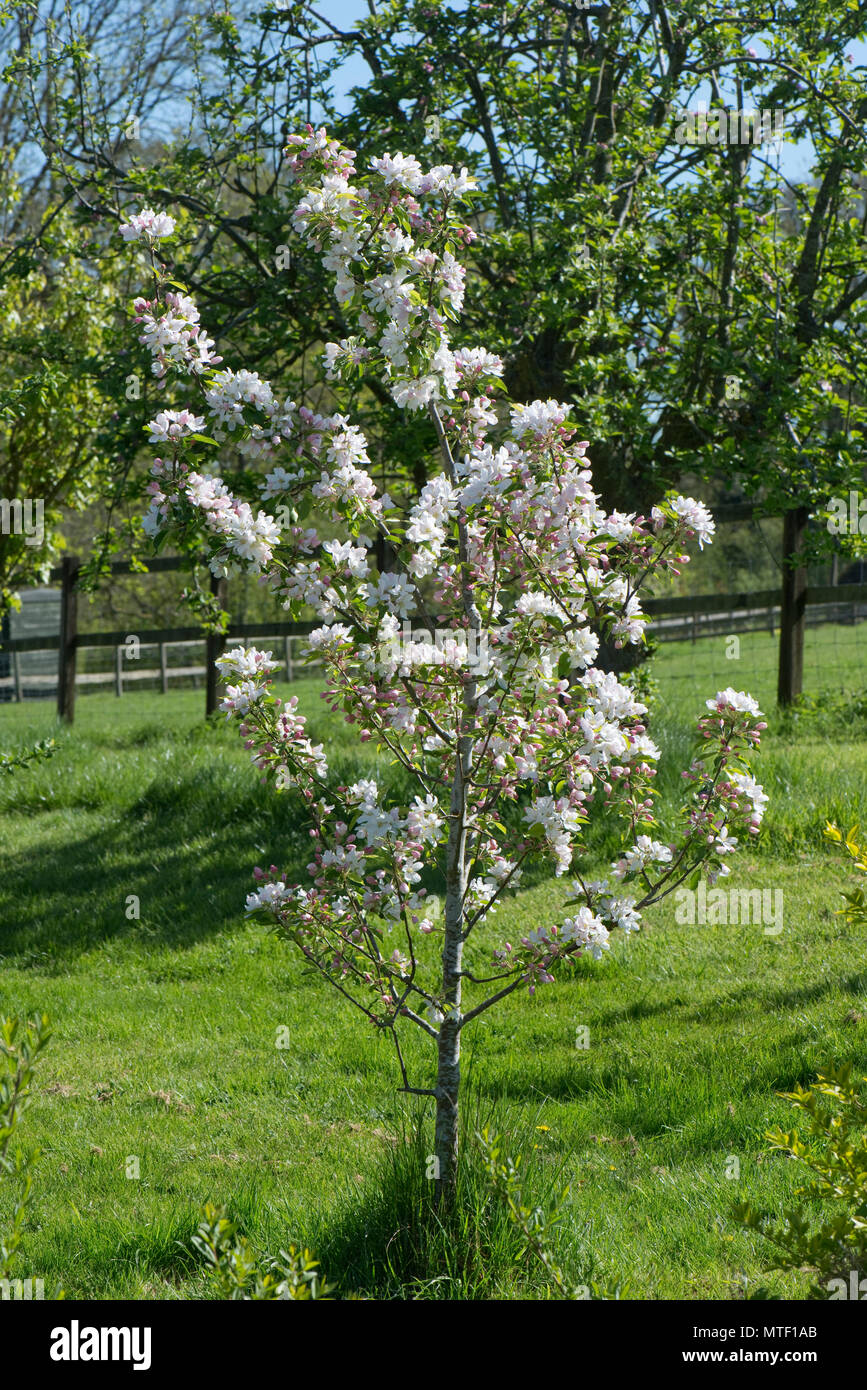

If your plants are looking a little wilted right now, don’t worry! Plants like to be filled with water to keep their structure, and when it’s hot that water evaporates. You should also make sure that the ties are not rubbing your tree. In autumn, remove fallen leaves to prevent the risk of disease. Apply fertiliser and replace decomposed mulch come spring.Tie the stake to your tree (and leave space for growth), and place a rabbit guard around your tree to protect it from harmful pests.Add mulch on top (this can be bark and wood chippings, compost, manure, leaf-mould, and stones), and ensure that these do not touch the stem of the tree.Once you are happy with your efforts, give your tree a generous watering.Fill the planting hole with a mix of compost and garden soil, finishing with fertiliser and mycorrhizal fungi.Stake your trees no more than 2 - 3 inches from the stem, and make sure that they are pointing away from the prevailing wind. So, a 6/8cm standard tree has a trunk with a circumference of 6-8cm and an 8/10 standard has a trunk 8-10cm around. One of the most popular for crab apple jelly. Buy Malus John Downie crab apple trees online in large standard sizes by mail order at Ashridge Nurseries. Attractive white ‘apple blossom’ flowers, opening from pink buds in spring, and large bright orange and red pear-shaped fruits in the autumn. With both, you should dig a hole that is twice the radius of their rootball. Description: A vigorous upright tree when young with bright green young leaves.Planting: With bare root trees, you should dig a hole to enable the graft point to be above the soil, while with containerised trees, the pot should sit no lower than an inch below the ground.īare root and containerised trees also share planting requirements, detailed below:.
#Malus john downie crab apple tree free#
However, for containerised trees, you should free any spiralized roots growing around their rootball's circumference.
#Malus john downie crab apple tree full#
This vigorous crab apple flowers and fruits best in full sun and the foliage turns wonderful shades of yellow and burnt orange in autumn.



Masses of cup-shaped, white flowers open from pale pink buds in May, followed by large, oval, orange and scarlet fruit, which are edible being valuable for making preserves. Pollination Group: A B C and D - it is a good pollinator for all apples.This plant is deciduous so it will lose all its leaves in autumn, then fresh new foliage appears again each spring.


 0 kommentar(er)
0 kommentar(er)
